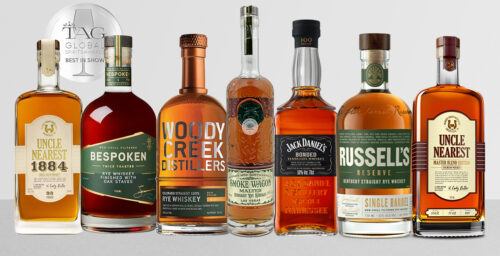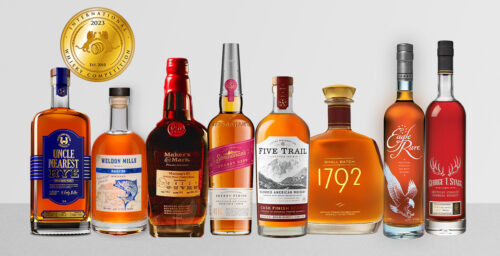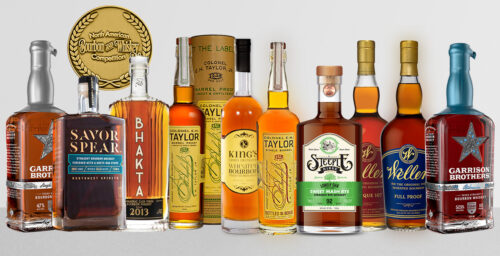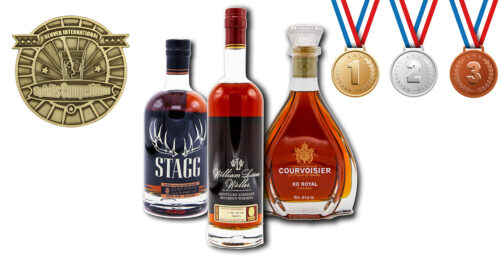Editor’s Note: These products were provided to us as a review sample by Sagamore Spirit. This in no way, per our editorial policies, influenced the final outcome of this review.
Since their 2017 debut, Sagamore Spirit has been vocal about their ambition to write a comeback story for pre-Prohibition Maryland Rye. I was surprised to learn that the 9th smallest state in the Union once produced quantities of whiskey comparable to Pennsylvania and Kentucky util the 20th century. However, not long after reaching its peak in 1911, a succession of crises and pressures from the Volstead Act to post-war subsidies on corn production slowly strangled Maryland’s once robust distilling industry.
Those who remember, or seek to resuscitate, distilling in Maryland today are buoyed by a broad interest in regional and local products, American drinkers’ steadily increasing curiosity about whiskey beyond bourbon, and specifically the surging popularity of rye, which is historically a key ingredient in Maryland whiskey. Sagamore’s brand is built on this history, exemplified by the fact that their bottles are marked with 1909 to indicate the year that the spring house sheltering Sagamore’s limestone-filtered water was constructed.
They aren’t just living in the past, though. Between the core offerings and “reserve” releases Sagamore’s range is quite broad. Most recently, they’ve launched a line of mixed beverages featuring their four year straight rye whiskey, and, in keeping with their stated commitment to partnering with Maryland producers, the drinks were developed in collaboration with Baltimore mixologists CAnE Collective. The dog days of summer seem a well-chosen time to release a ready-to-drink cocktail option, so with prolonged high temperatures on the horizon I took a couple cans out on the porch to taste…
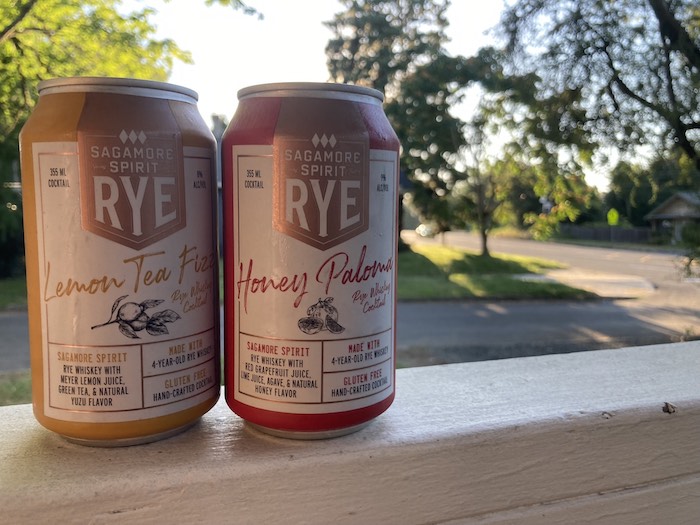
Tasting Notes: Sagamore Lemon Tea Fizz
Really pleasant and refreshing. There is a fair amount of sweetness right at the start, but it is really just an opening act for the main act of strong green tea with citrus acid and a touch of rye spice playing supporting roles. The acidity keeps the sweetness in check and any spicy tingle on the tongue is overshadowed by moderate carbonation in the can while the earthy black pepper notes from the rye are a good complement to the toasty, grassy flavors of the tea.
Between drinks, a lengthy finish of dried apricots or fruit leather lingers on the palate. Although the can promises yuzu, I didn’t find it particularly strongly represented, but enjoyed the drink all the same.
Tasting Notes: Sagamore Honey Paloma
I could not be more skeptical of whiskey-for-tequila substitutions. I’ve seen it a number of times and I’ve never seen it work. Until now. The flavors of this drink chart a really nice progression from tart and sweet to rich and floral. I’m generally averse to overly sweet beverages, but here the sweetness both tempers the sour/tart citrus flavors of lime and grapefruit juices and facilitates a pivot into the richer aspects of agave and honey.
The addition of agave keeps the flavor profile within the bounds of a classic paloma while a floral honey aspect lingers around on the fringes of each sip supported by light rye tannins that only make themselves known on the finish.
Final Thoughts:
I don’t envy the decisions that fall on beverage developers in constructing canned cocktails. There are semi-competing priorities to address; on the one hand I imagine (or hope) that they would want the flavors of their whiskey to feature strongly on the cocktail, otherwise it’s hard to see how it builds/contributes to their brand. But on the other hand going all in on the flavor profile of the alcohol can throw the cocktail itself out of balance. It seems like Sagamore’s mixologists have struck a nice balance between these goals. The rye is a discernible presence in both, but it picks its spots and doesn’t take over the drink entirely.
On more than one occasion when drinking canned cocktails, my mind has wandered as I contemplate how I might create an improved version of the beverage (or at least one more finely tuned to my own subjective preferences). I’ll even admit that when reviewing canned cocktails in the past, I’ve poured more than one of them out once I’d finished taking my notes. I’ve had the same experience with canned cocktails enough times that my near-reflexive response to them is a shoulder-shrugging “meh, fine.”
But in the case of both of the Sagamore canned cocktails that I sampled I just flat out enjoyed the drink after taking the bulk of my notes on the first several sips. I even wondered, with the rising heat of Oregon’s summers bearing down on me, where I could find another can. Credit to both Sagamore and CAnE collective on a successful collaboration, these are among the best-tasting ready to drink cocktails I’ve encountered.

